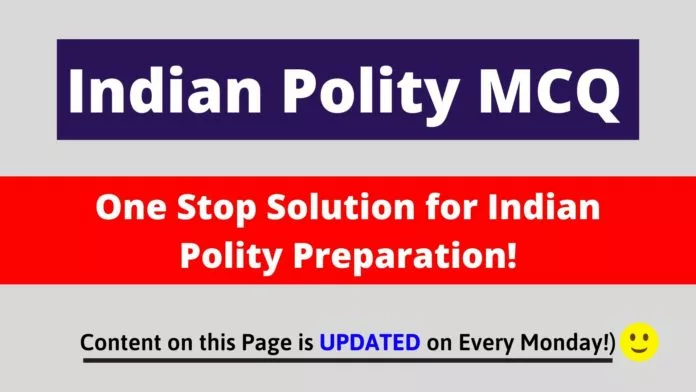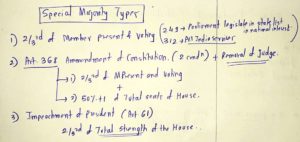Question 1: What is the Difference Between Republic and Democracy?
Answer: Let us first understand the basics of two terms:
-
Republic: a state in which supreme power is in the hands of people or their elected representatives, and which has an elected or nominated president rather than a monarch
-
Democracy: a system of government formed by the whole population (people) typically through elected representatives.
Democractic Country (Democracy) can be a Republic or even Monarch.
For Example, Indian is a Democratic as well as the Republic Country. While the United Kingdom is Democracy and Monarchy (not Republic)
So, major thing to distinguish is the process of election of the head of state. If he is elected by people, then its republic. And if this post is hereditary, then its monarchy.
Question 2: Give 5 Differences Between Presidential System and Parliamentary System?
Answer: 5 Major Differences between Parliamentary and Presidential form of Government are:
- In the Presidential form of government, there is the separation of power between the executive and legislative. In Presidential form, there exists fusion of power.
- Presidential form of government is more stable (but more prone to be converted into dictatorship)
- Parliamentary form of Government is more Representative and more Democratic (Ex: India)
- In the Presidential form of government, the head of state and head of government is the same (Not in Parliamentary system!)
- Parliamentary form of government is based on ‘Collective Responsibility‘– Cabinet Form of Government
There are thousands of factual differences, but these 5 are more conceptual and every aspirant must know while studying Indian Polity.
Question 3: Explain Habeas Corpus in simple terms and give some examples of Habeas Corpus
Answer:
Definition: a writ requiring a person under arrest to be brought before a judge or into court (and specify the reasons of his arrest), especially to secure the person’s release unless lawful grounds are shown for their detention.
Example: If you file a petition with the court because you want to be brought before a judge where the reason for your arrest and detention must be specified
(Read it in detail from M Laxmikanth Book)
Question 4: Explain different types of Majority (Simple, Special, Effective and Absolute Majority)
Answer:
You need to understand Simple, Effective, and Absolute Majority. Rest all majority comes under a special majority (There is no single type of special majority)







Questions are well designed. Please continue the series. Thanks alot for all
Thanks alot. Many more things coming soon. Jai Hind
Sir, I found the article very helpful including the videos. Also add some imp static data of Indian Polity also.
Thanks for your words. Your suggestions will be implemented
Best source for Indian Polity
Thanks Rohan. Master Indian Polity Concepts from best sources recommended
Nice article
Thanks Alot
Also provide monthly current affairs
Yes mam..Monthly current affairs coming soon
Awesome. Something creative other than just McQ
Thanks rahul for your golden words
Great work need more
Jai Hind